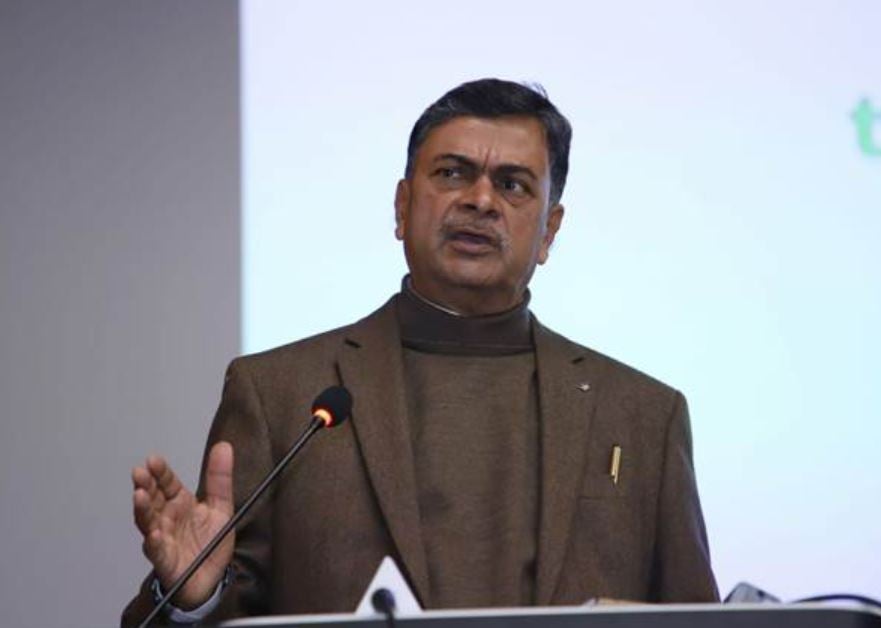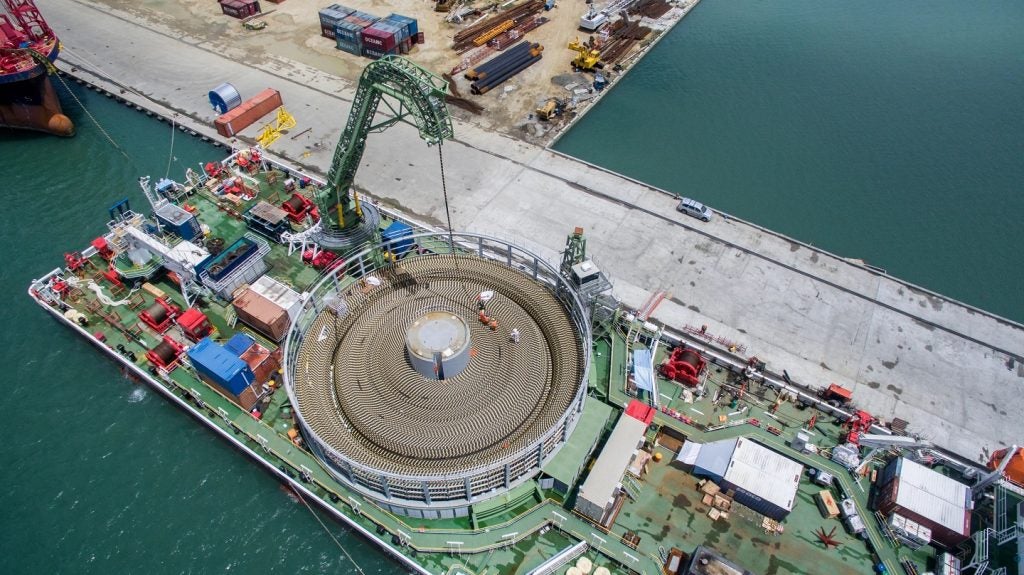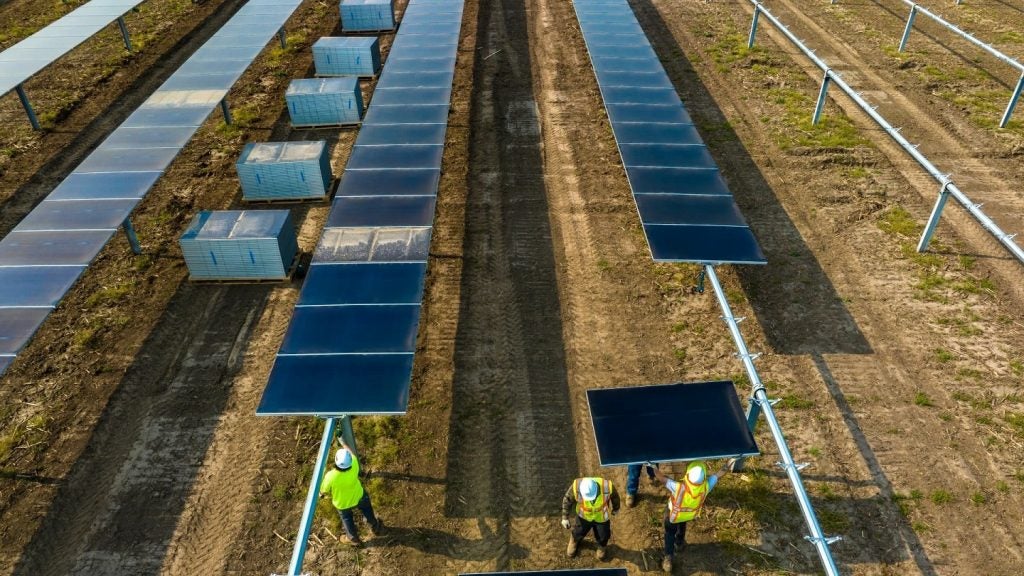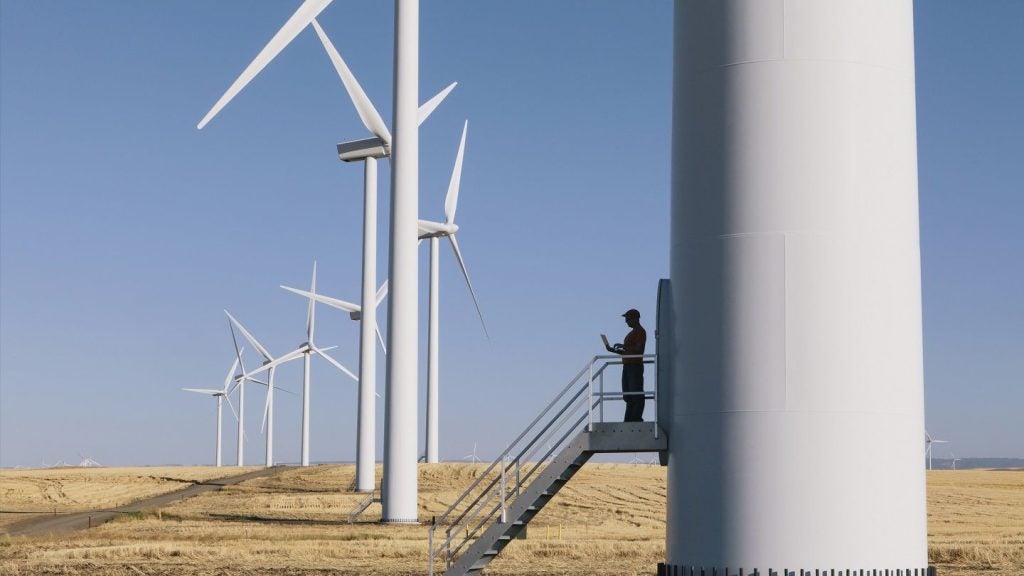The Indian Government will not consider coal-fired power plant proposals for the next five years in a bid to increase its renewable capacity.
In an updated National Electricity Plan, announced on 31 May, the Ministry of Power predicts that non-fossil-based capacity is likely to increase to 57.4% of the energy mix by 2026-2027.
India is the world’s second-largest consumer of coal after China but is seeking to reduce its reliance on the fuel, which accounts for around 70% of electricity output.
In April, India’s power secretary Alok Kumar told reporters that the country has a “huge challenge” ahead. India has set a target to source 90% of its energy from renewables by 2047. This would require the country to almost double current renewable production between now and 2047.
The current plan includes the recommissioning of coal-fired power plants in 2027, but this could yet change near the end of the five-year plan.
India has the fourth largest installed renewable capacity globally, as well as the fourth largest installed capacity globally for wind and solar. It is, however, at the same time, the third largest emitter of greenhouse gases.
India plans to install 500GW of clean energy by 2030 under its New Electricity Plan for 2022-2027 announced in April.
India updates its electricity plan every five years. In a draft of the plan, outlined in September, the government predicted that nearly 8,000MW of new coal capacity would be required by 2027 to meet electricity demands.
India does have a number of power plants that are currently under construction and plans not to retire those operating until 2030.
The Ministry of Power seeks to install 51.5GW of battery storage capacity by 2030 in order to store electricity from variable power sources.















